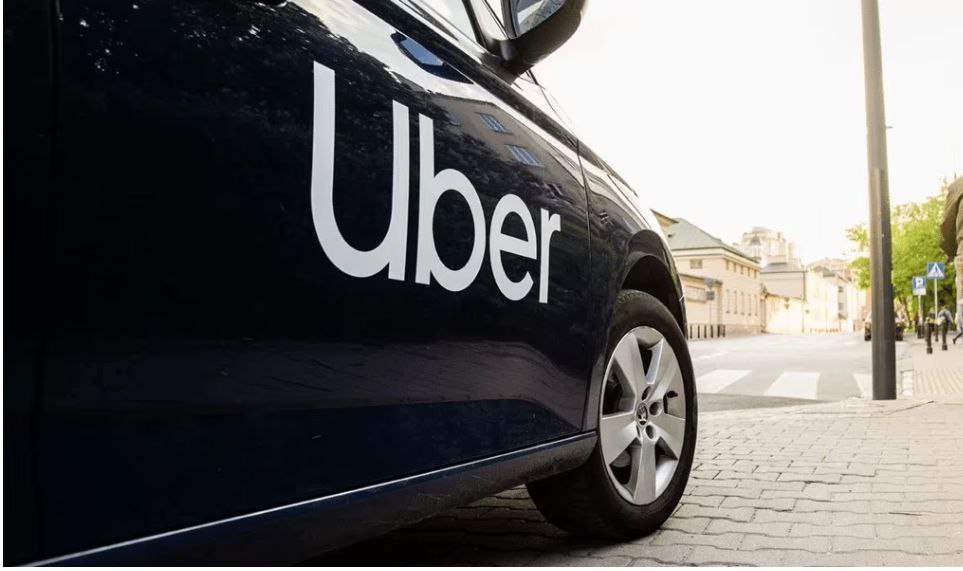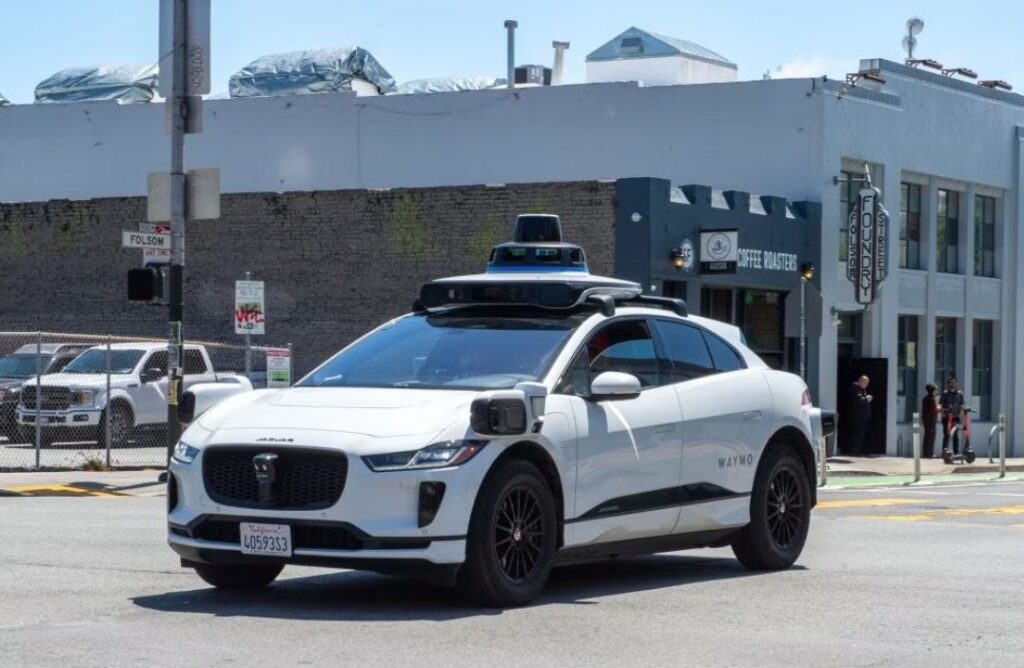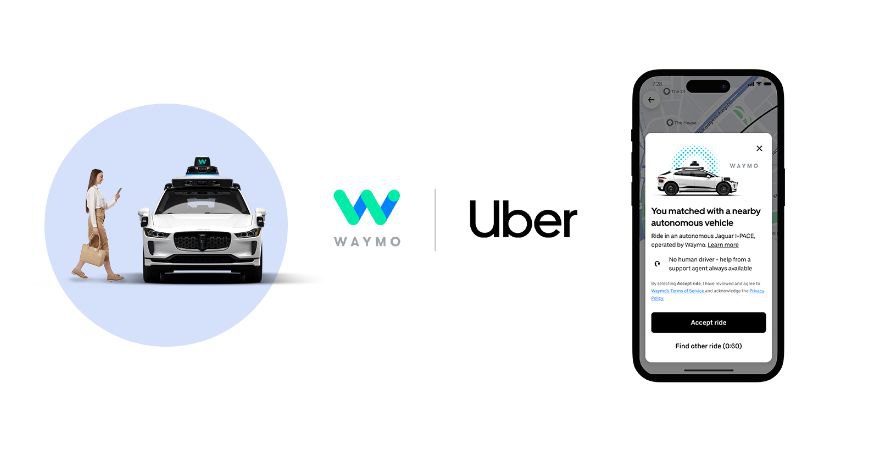Sanctioned by the general public as popular conceptional technologies in transportation, Uber and Waymo are soon set for the next level in the driver less ride sharing services by taking the launch into Austin and Atlanta. Abhishek takes you through how this combination is redesigning the transport system in cities.
Introduction
This concrete concept as regards to the future of transportation has positioned Uber and Waymo companies at the leading position which is existing to bring a tangible difference. In a strategic and, perhaps, a risky decision, two leading technologies companies are planning to roll out the driverless ride-hailing services in two new cities, Austin, Texas and Atlanta, Georgia. One of the most promising cooperations to contribute to the achievement of these goals is the cooperation between Uber, the market leader in ride-hailing, and Waymo, the Alphabet’s self-driving car employer, seeking to bring safer, more effective, and environmentally friendly rides in these cities to the world of consumers, is a giant step towards the mass utilization of AVs.
Key Points
Expansion: Uber and Waymo will soon add two more cities to their subcategory of test zones for driverless ride-hailing services, namely Austin and Atlanta, two of the most rapidly growing tech hubs in the United States concerning the tech industry.
Autonomous Vehicles: Uber’s customer would be able to experience driverless ride by availing Waymo’s fleet of cars for self-driving.
Safety and Efficiency: The cooperation is maintained with the accent on safety and effectiveness; self-driving cars are the solution for urban traffic.
Future of Transportation: This kind of cooperation is a significant advance towards a condition where human intervention in automotive transportation is no longer required, opening the door to a much more effective integration of urban autonomous transport concepts.
The Partnership’s Ambitions

Uber and Waymo worked together starting from 2023, when the AVs of Waymo became the part of Uber’s app in the context of ride-hailing services in Phoenix. After that pilot, the companies are now in the process of launching this in Austin and Atlanta. Both cities are among the technology hotspots, which gives an opportunity to experiment and deploy the AV services.
Waymo’s system entails the ability to drive cars in the absence of a human driver, which Waymo’s automobiles have had the opportunity to perfect after driving several millions of test miles. The cars have sensors, cameras, and are empowered with machine learning algorithms to enable the vehicle to drive through crowded city streets, avoid obstacles and ensure a comfortable ride to its passengers.
In this case, the partnership is a broader plan for Uber which aims at reforming urban transportation and minimising the use of contract drivers. As a result, Uber can bring down expenditures, boost the availability of rides, as well as, mitigate negative impacts on the natural environment through integrating Waymo’s driverless technology.
Safety and Efficiency: Both parties focus on safety and the practical works where self-driving cars are introduced as a new concept of solving the issues of traffic in city environment.
Future of Transportation: This collaboration is an important milestone on the way to the future of driving, toward the autonomous and mostly connected cities.
Why Austin and Atlanta?

Making a list of attributes related to Austin it is mandatory to mention that it has been rapidly developing into a major technology hub and it has progressive policies in terms of transportation. To begin with, the population in the city has grown very fast and the traffic jam is increasing leading to the need for new mobility solutions. Furthermore, the structure of Austin and the regulation of self-driving cars due to the strong technical trend among inhabitants, common policies supporting innovation and remembering about car misery every time they are stuck in four-five hours’ traffic jam, Austin became one of the perfect places for experimenting with such cars.
Atlanta can be considered an important center of transport and traffic intensity is high here. These include; Increased connectivity through the wide highway network in the city and increased population density that the car hire services provide. Atlanta Smart City adoption creates further support for integration of self-driving car services.
Through operating in these two cities, Uber and Waymo are placing themselves in strategic places to cater for the increasing transportation demand in urban areas as well as provide a real life application of the self driving technology.
What could happen to ride-hailing in the future if it starts to rely heavily in self-driving technology?

That being the case, the addition of Austin and Atlanta is part of the progress, although there is still a long way to go in order for self-driving cars to become mainstream. There are the legal and regulatory constraints, and the social acceptance where more improvement is required; technical constraints include weather conditions or geometric road characteristics.
These challenges could easily be solved by this partnership since both Uber and Waymo will provide valuable information such as performance of the car, preferences of the riders, and the traffic pattern of the urban centers. It is only in the recent years that many cities of the world are being outfitted with smart infrastructure in transportation systems; thus, the direction towards self-driving transportation systems is now visibly discerned.
The application of this new scheme in two different cities with dissimilar transport systems like Austin and Atlanta shows that a number of other cities in United States and some other parts of the world may embrace fully self-driving ride-share services. To both Uber and Waymo, this is not just about self-driving autos, but inventing the city transport of tomorrow.
FAQs
1. How can I book a driverless ride with Uber and Waymo? To book a driverless ride, simply open the Uber app and select the option for an autonomous vehicle if you are in an area where the service is available, such as Austin or Atlanta.
2. Are driverless rides more expensive than regular Uber rides? Currently, pricing for driverless rides may vary depending on demand and other factors, but the goal is to make autonomous rides competitive with traditional Uber services.
3. Is it safe to ride in an autonomous vehicle? Waymo’s autonomous vehicles have been rigorously tested and are designed to follow all traffic laws and prioritize passenger safety, using advanced sensors and AI to navigate complex urban environments.










